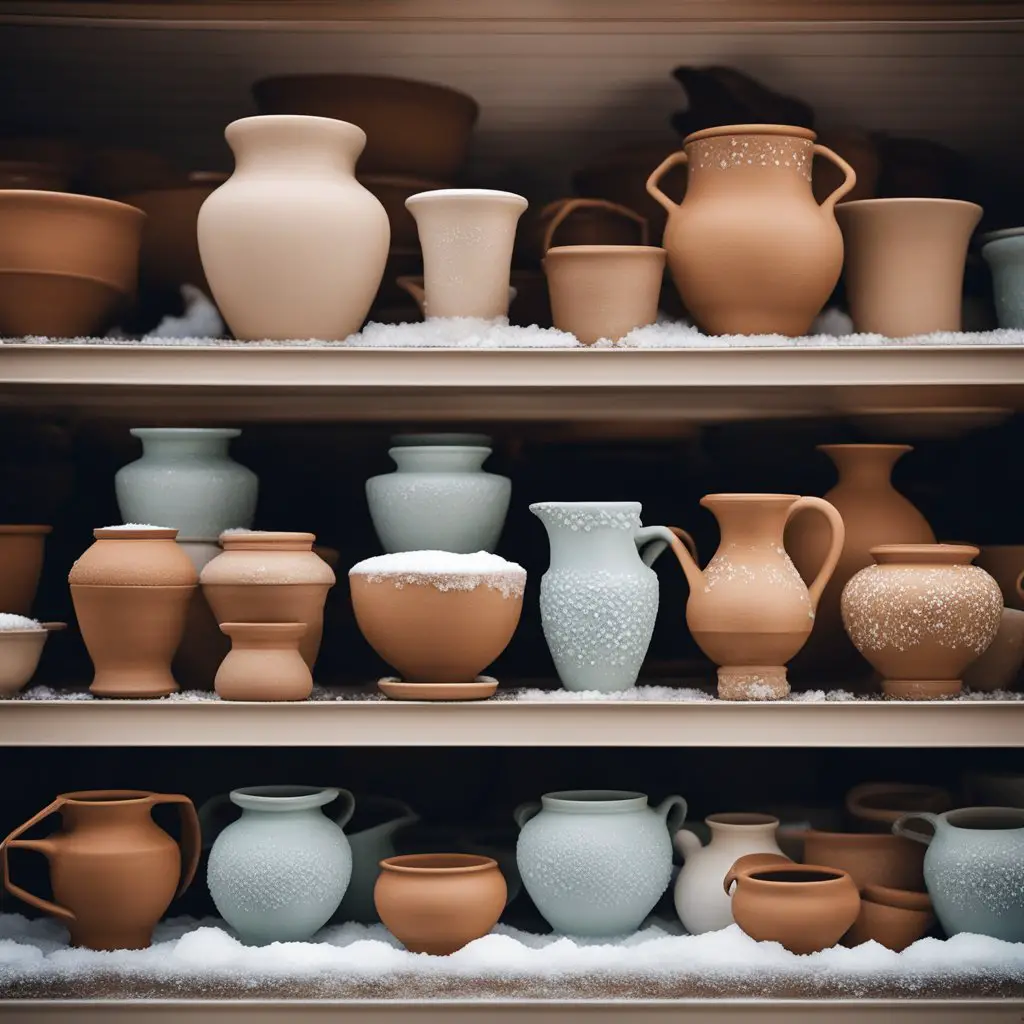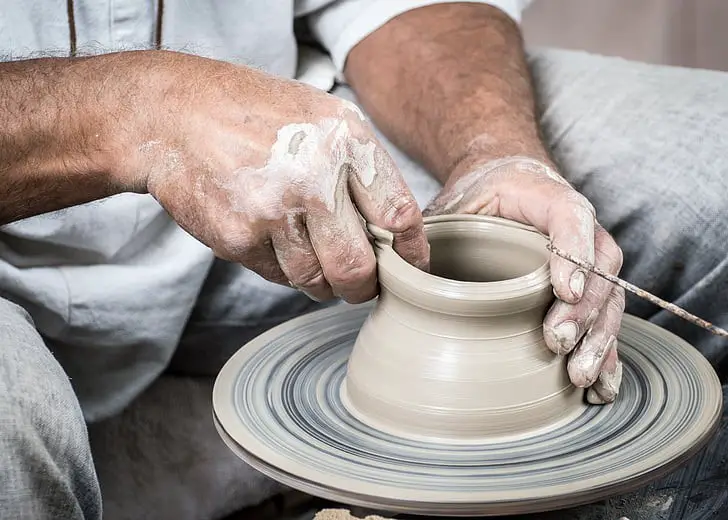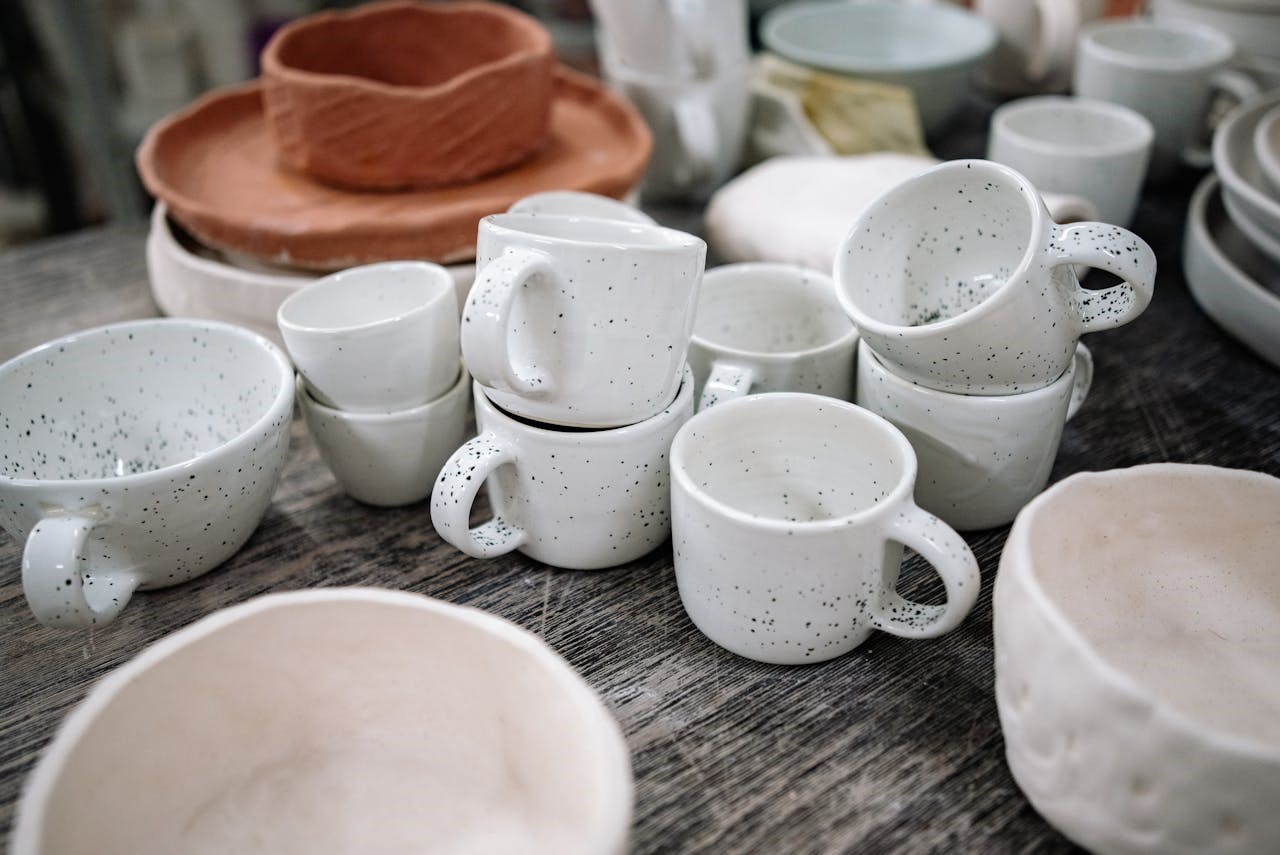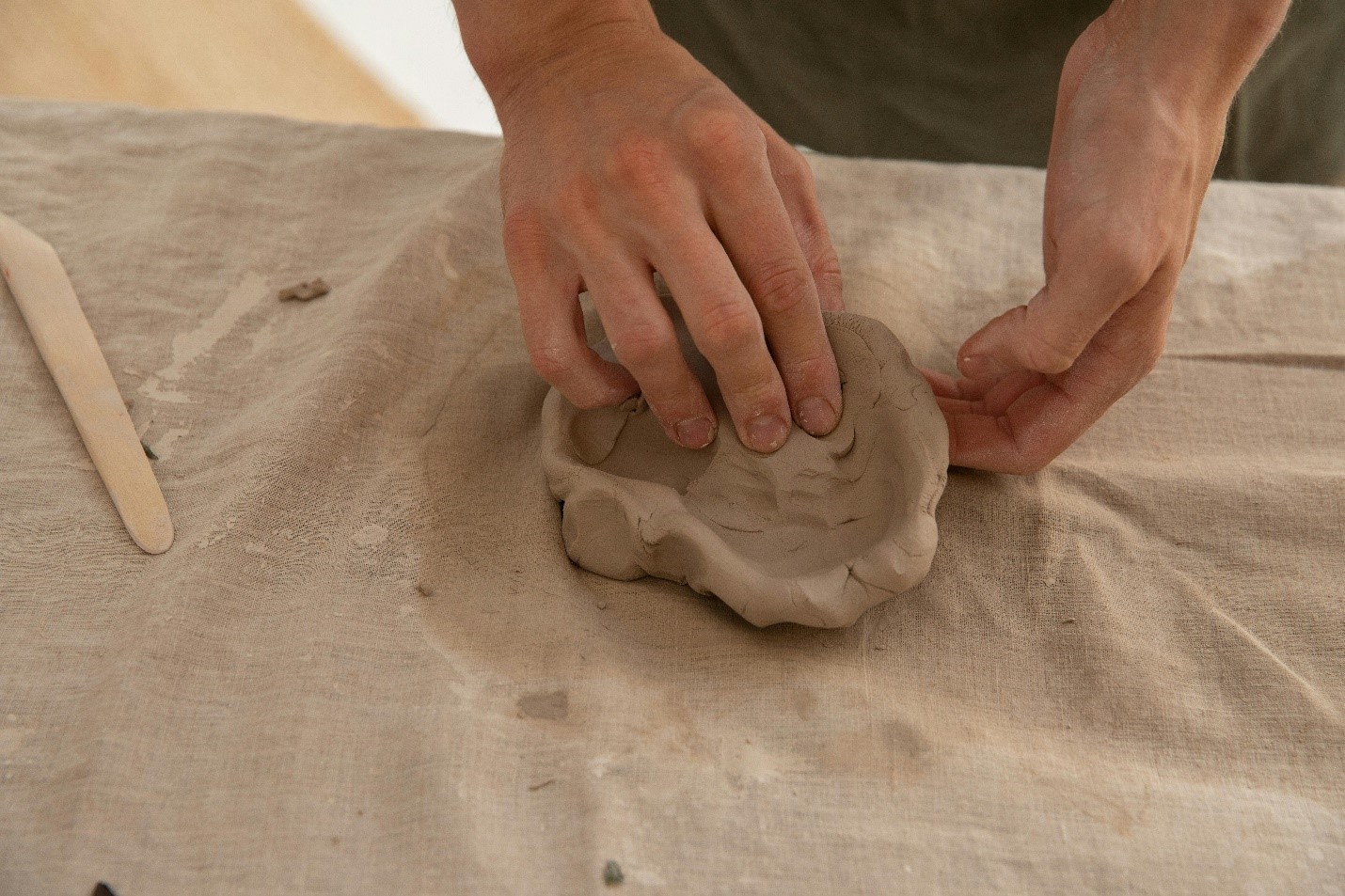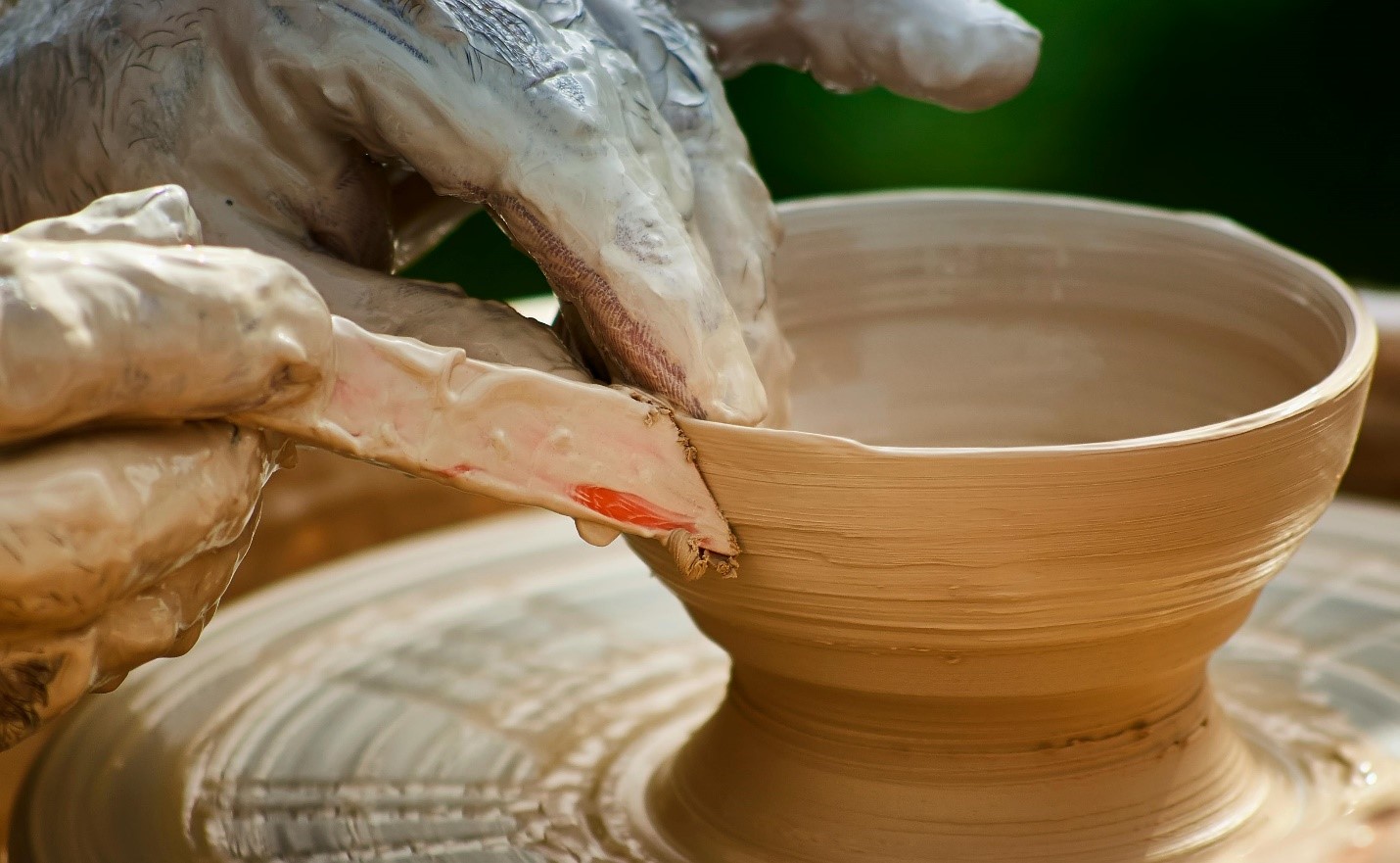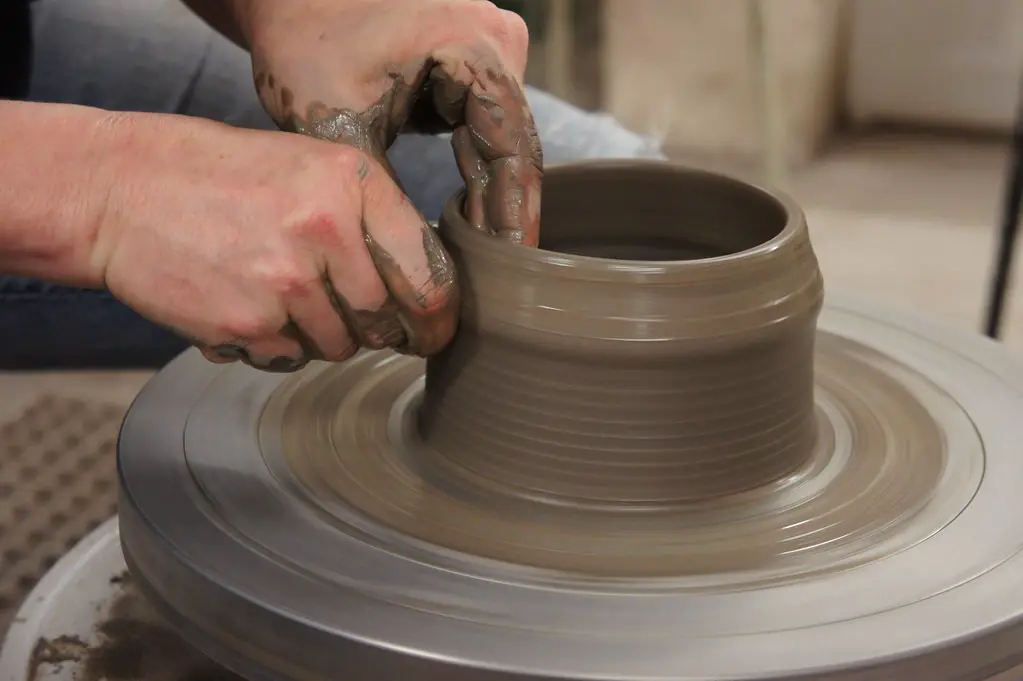As an affiliate, we may earn a commission from qualifying purchases. We get commissions for purchases made through links on this website from Amazon and other third parties.
Welcome back! Today’s topic will be pottery and the freezer. I have been getting a few questions regarding pottery going into the freezer. Many have asked if you can put pottery in the freezer or freeze pottery pieces. Many ceramics are freezer-safe; you can put them in a freezer, but there is a limit. For example, it is not advisable to freeze water in ceramics; it will break the piece once the water freezes and expands. In this article, I will discuss how you can freeze pottery and the types of pottery you can freeze.
Will Ceramic Mugs and Pans Break If Placed in a Freezer?
If the ceramic mug has undergone the right molding and baking process, it can be frozen without cracking as long as it isn’t subjected to moisture during freezing conditions. Some pottery, like porcelain ceramic, is waterproof, so moisture does not affect them in freezing environments.
Ceramic pans can be used for freezer storage if tempered and baked correctly. Also, check to ensure the ceramic pan is labeled freezer-safe. If you want to reheat food that you froze in a ceramic pan, ensure you do not preheat the oven. Frozen ceramic in a hot oven can cause the pan to crack/shatter. Instead, put the frozen dish in a big bowl filled with warm water for a minute, or you should put it into a cold oven and turn on the heat so the dish warms up gradually.
Types of Ceramic That Can Be Frozen
| Ceramic/Clay Type | Advisable Freezing Point |
| Earthenware | Lesser than 29°F |
| Mid-Fire Stoneware | Lesser than -10°F |
| High-Fire Stoneware | Lesser than -8°F |
| Pyrex | Lesser than 13°F |
1. Earthenware:
It is otherwise known as common clay and contains many minerals, such as iron oxide (rust). In its raw state, it may contain a bit of sand or small bits of rock. Earthenware is a secondary clay transported by stirring water some distance, picking up minerals and other materials before settling in a river bed. Because of its many impurities, earthenware melts at a cooler temperature than other clays. We are going to talk more about this later in this article. Earthenware clay is said to be a low-fire clay because it bakes at a low temperature. It is often used in making terra cotta pots, tiles, and other low-fire ware. The pots and mugs made from this type of clay can be put in a freezer and frozen at 29°F after bisque firing. Unlike other types of ceramic clay, it retains a lot of water, and it is advisable not to over-freeze earthenware clay. It tends to expand and crack once it gets frozen for over 100 hours.
2. Mid-fire stoneware Clay
It is a challenging and long-lasting clay fired to mid temperatures between 2100 and 2300°F (1205–1260°C). Mid-fire stoneware Clay’s natural colors vary from light gray to dark gray or chocolate brown. In the 1900s, this type of clay is used to make crocks and jugs. But around the 1950s, potters got creative and started exploring the uses of stoneware clay. They discovered there is more to making jugs and crocks from stoneware clay. You must know that the ceramic plates you often save for special occasions at your home are made of mid-fire stoneware clay. Most dinnerware is made of this type of clay. These dinner wares can be kept in frigid temperatures (up to -10°F. There are no specific restrictions about “not” keeping it in the freezer. Some freezing plates and cooling bases are often made from stoneware clay.
3. High-Fire stoneware clay
As you should know, the popular Kaolin clay is known as a High-Fire stoneware clay. Kaolin, also called China clay, is the purest form of clay in the world. The reason behind its purity is that it is found in great proximity to its source. Kaolin clay’s particles are much larger than those of the types of clay mentioned earlier. Moreover, its properties are not at all plastic-like and not similar to that of the mid-fire stoneware clay. Just as with the previous clay, ceramics derived from this clay are durable and everlasting. They are all also safe to put in the freezer. There have been no records of these clay items breaking from extreme freezing.
4. Pyrex
Pyrex is commonly used in almost every Southern kitchen. These durable clays, from which colorful and cheerful ceramic dishes and dinnerware are made, are a must-have for any cook. Whether you have mixing bowls, serving pieces, bakeware, storage containers, or other products of Pyrex, you’ve probably wondered whether they are safe to put in the freezer. Yes—but there are a few rules you should follow. When using Pyrex or any glass bakeware or cookware, you should shun extreme temperature changes—very cold dishes shouldn’t be placed in a hot oven, and very hot dishes shouldn’t be placed in the freezer. Abrupt temperature changes may cause the dish to shatter or break. For example, if you just finished firing a piece and decide to test it by serving hot food, it should not be placed immediately in the freezer until it cools. If you have to put it inside a freezer immediately, wrap it in foil paper. Foil paper regulates the temperature quickly even while it is in the freezer.
Stoneware clay materials are rare, but I have gone the extra mile to source them for you. You can order yours by clicking here.
Most pottery projects are in the freezer but at specific freezing points. As mentioned earlier, you should shun extreme temperature changes—very cold projects shouldn’t be placed in a hot oven, and very hot pottery projects shouldn’t be placed in the freezer. Abrupt temperature changes may cause the piece to shatter or break.
Is There Even Any Reason to Put Pottery into a Freezer?
Pottery, including ceramics and clay objects, is generally not recommended or meant to be put in the fridge for several reasons. Pottery is porous and can absorb moisture, leading to various problems. Let us find out in detail why it is not advisable to keep pottery in the fridge for purposes that may span from cooling to storing food for cooling:
1. Moisture Absorption:
Pottery is porous by nature and can absorb moisture from its environment. When placed in a fridge, it can absorb the moisture inside, leading to drastic and even unwanted changes in the texture of the pottery.
The absorption of moisture can make the pottery much softer. It might sometimes crack due to the expansion and contraction under constant temperature changes.
2. Food Safety Concerns:
If you are using pottery for serving or storing food, there is a significant risk of bacterial growth. Moisture absorbed by the pottery can create an environmental helping of bacterial accumulation.
When pottery retains moisture, it cannot be cleaned thoroughly, and any remaining food particles can further create more harmful bacteria.
3. Thermal Shock:
Pottery, especially your handmade or delicate pieces, may be prone to thermal shock when exposed to sudden temperature changes. Placing warm or hot pottery directly into the fridge or vice versa can cause it to crack, ruining the effort you put into making it.
Thermal shock occurs due to the rapid expansion or contraction of the pottery material, a process that compromises the piece’s structural integrity.
4. Condensation:
When pottery is removed from the fridge, it may experience condensation as it rises to room temperature. This condensation can cause the absorption of even more moisture.
Condensation on the surface of pottery can be a ground for mold growth, especially in places of high humidity.
5. Flavor Absorption:
Pottery has the potential to absorb and retain flavors from the food it comes into contact with. Storing pottery alongside strongly aromatic foods in the fridge can get it to retain that smell for a long time, affecting the taste of any food you may now serve or store in it.
Final Words
In conclusion, it is usually advised not to store pottery in the fridge, especially if it is not explicitly said to be safe. If you need to cool food, consider using containers of materials designed adequately for refrigeration, such as glass or plastic. Always refer to the care instructions provided by the manufacturer for any pottery items to ensure their longevity and safe use.

